24-hour hotline:+8613662168047
Keyword search: battery plant , lithium battery factory , power bank works , lifepo4 battery mill , Pallet Trucks LiFePO4 Battery, LiFePO4 Pallet Trucks Battery, Lithium Pallet Trucks Battery,
In small capacity UPS, in addition to the limited battery capacity of about 30 minutes, users often need to add external batteries to extend backup time. In large capacity UPS, there is generally no standard battery, but it is added according to the needs at that time. These situations all require the selection of battery capacity, but generally speaking, the correct battery capacity cannot be obtained solely by calculation. The reason is that if the discharge current of the battery exceeds the limit value specified by the discharge rate, nonlinearity will occur, which means that the discharge current and battery voltage no longer maintain a linear relationship. Therefore, a combination of calculation and table or curve lookup methods is needed to determine the battery capacity.
Using constant current discharge curve to determine battery capacity
Before checking the curve, first calculate the discharge current value Id
In the formula, Id - discharge current (A);
S-UPS rated power (VA);
F - Load power factor, F ≤ 1;
η— Inverter efficiency, η≤ 1;
K - Load utilization coefficient;
Umin - The instantaneous battery voltage (V) before the UPS shuts down.
Example 1: A 10kVA load with a power factor of 0.8 requires a delay of 8 hours after the mains power outage. How many 100Ah batteries do users require?
Solution: Select a UPS with a nominal value of 15kVA according to the requirements, and the inverter efficiency is known η= 0.95, DC voltage adopts 16 12V batteries, and the load utilization coefficient k is taken as 1.
Often, in order to lower prices and improve competitiveness, suppliers choose to lower the load utilization factor without authorization and provide a "basis". In the early stages, without the user's knowledge, they seize the opportunity. This has laid hidden dangers for the future expansion of users. Generally, the load utilization coefficient k should be chosen by the user themselves. Suppliers should choose 1. According to general calculations, the rated DC voltage should be
Un=12V × 16=192V (2)
18650 is a standardized lithium-ion battery model established by Japanese company SONY, the pioneer of lithium-ion batteries, in order to save costs. 18 represents a diameter of 18mm, 65 represents a length of 65mm, and 0 represents a cylindrical battery. The 18650 battery cells commonly used in laptops have a capacity of 2200mAh, which can be explained as: powered by a voltage of 3.7V and a current of 2200mA, the result obtained by multiplying the current by the number of hours can be used for 1 hour. Additionally,:
Those who have studied physics know that W (watts, power unit)=V (volts, voltage unit) x A (amperes, current unit), so everyone can calculate that the capacity of 18650 battery cells is 3.7V x 2200mAh=8.14Wh, thus knowing that the capacity of a three cell battery is 8.14 x 3=24.42Wh, the capacity of a four cell battery is 8.14 x 4=32.56Wh, and the capacity of a six cell battery is 8.14 x 6=48.84Wh.
The total capacity values of the three above are very different from each other, especially the difference between Cdt and Cft is 1424Ah. When placed on UPS, there is a difference of 15 batteries! If a 100Ah battery is charged 800 yuan, it is a difference of 12000 yuan, while the current 15kVA UPS costs about 40000 yuan, which is about one-third of the UPS price. Of particular note is that due to the significant difference in battery capacity, users may be confused: which capacity value is right? Which battery capacity value can meet the requirements? The decrease in battery capacity may lead to a decrease in price, but it also poses a hidden danger of causing losses for users.
The above are just some concerns caused by the difference in capacity, as the total battery capacity has not been finalized yet, and further analysis is needed to determine which is right or wrong. Due to the non-linear discharge pattern when the discharge current of the battery increases, accurate results cannot be obtained solely by calculation. Therefore, it is necessary to check the discharge curve shown in Figure 1, which is the discharge curve of Panasonic battery for 100Ah. From Figure 1, it can be seen that there are four discharge curves at different temperatures, from left to right, which are -15 ℃, 0 ℃, 25 ℃, and 40 ℃, respectively. As an example, here we only look up one curve corresponding to 25 ℃. There are two methods of checking: checking current by time and checking time by current.

Lithium Batteries ,Ensure Quality
Our lithium battery production line has a complete and scientific quality management system
Ensure the product quality of lithium batteries
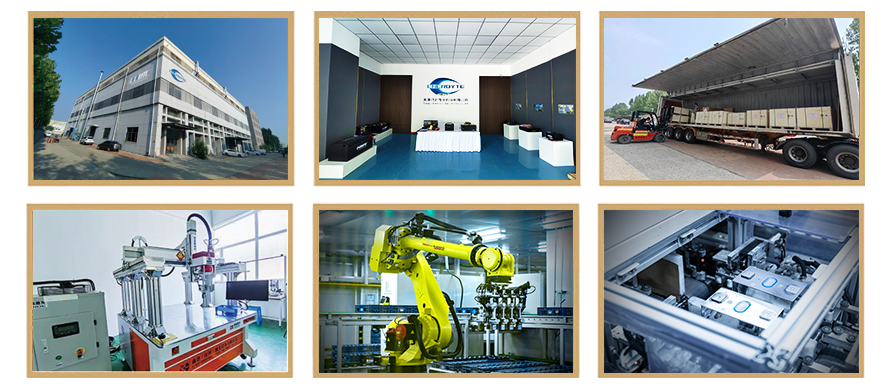
Years of experience in producing lithium batteries
Focus on the production of lithium batteries
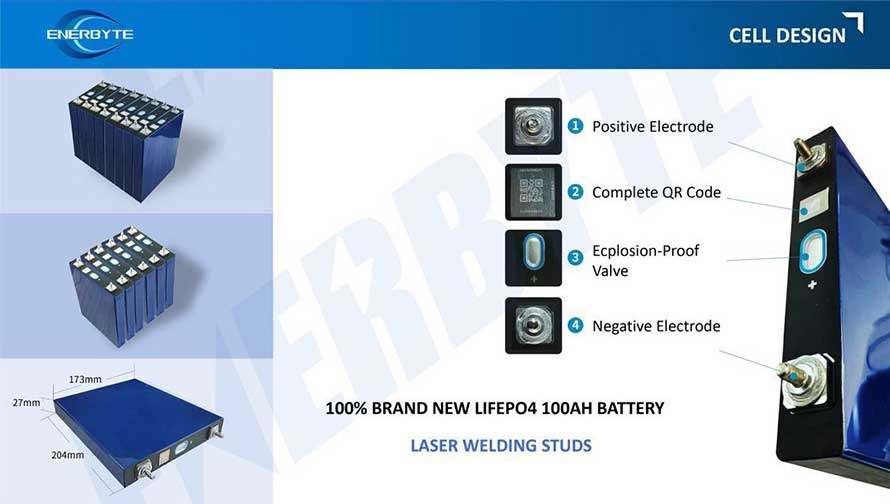
WE PROMISE TO MAKE EVERY LITHIUM BATTERY WELL
We have a comprehensive explanation of lithium batteries
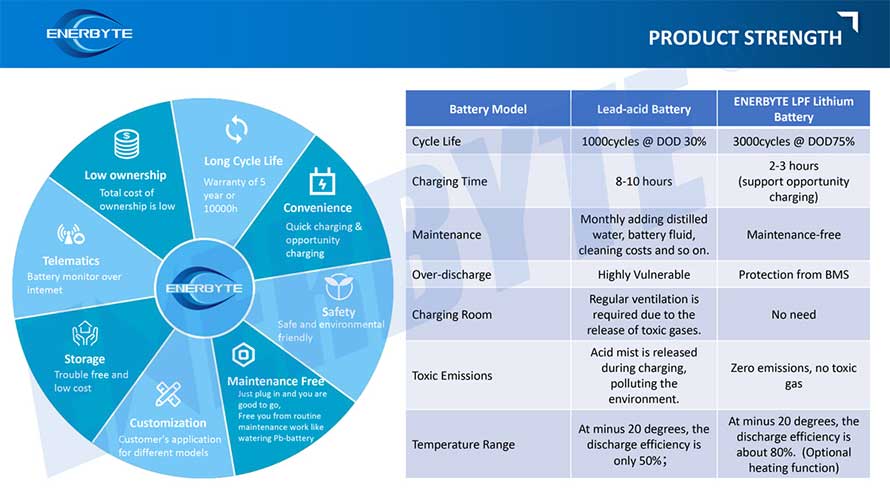
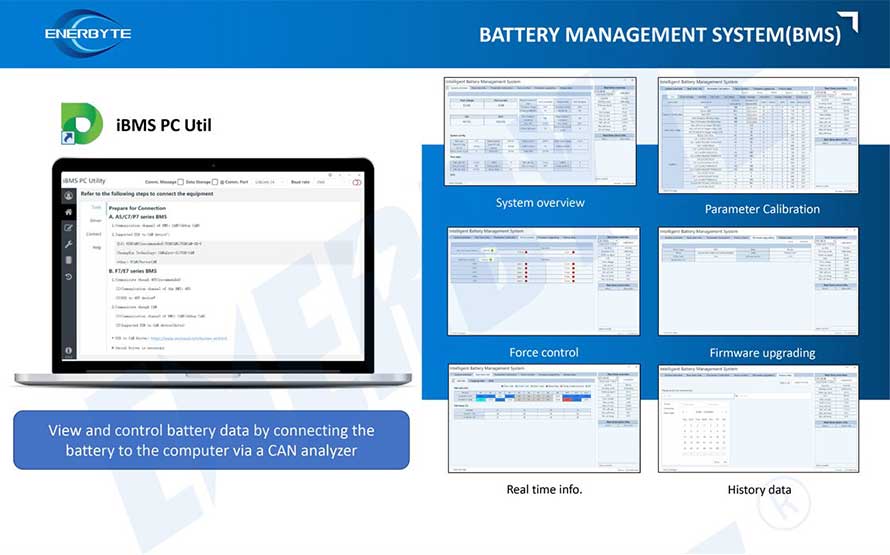
QUALIFICATION CERTIFICATE
THE QUALITY OF COMPLIANCE PROVIDES GUARANTEE FOR CUSTOMERS
MULTIPLE QUALIFICATION CERTIFICATES TO ENSURE STABLE PRODUCT QUALITY
Providing customers with professional and assured products is the guarantee of our continuous progress.
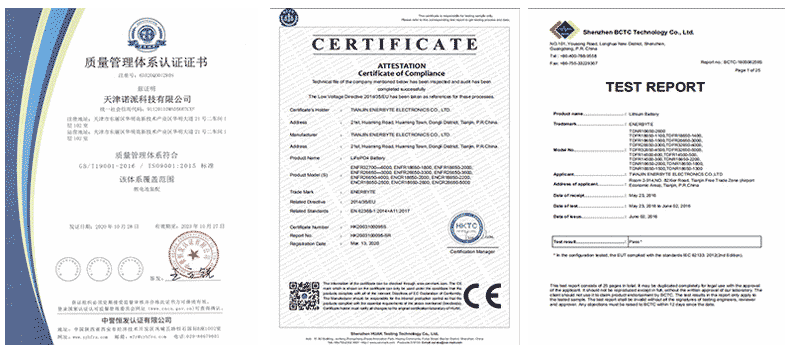
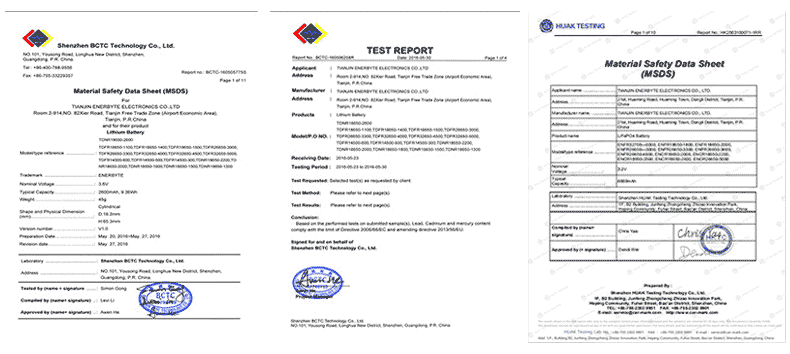
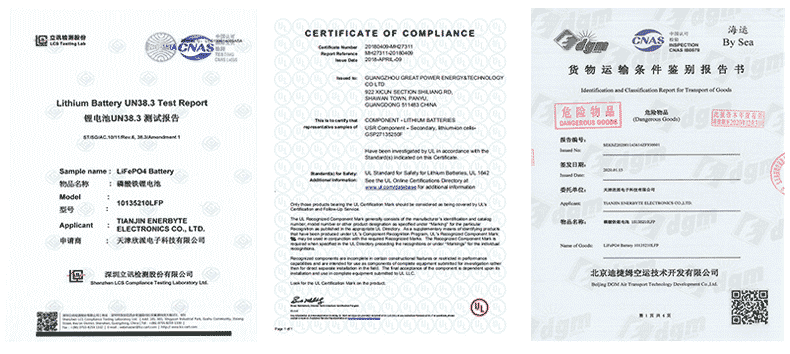

Applicable brands of our products


 Service hotline
Service hotline